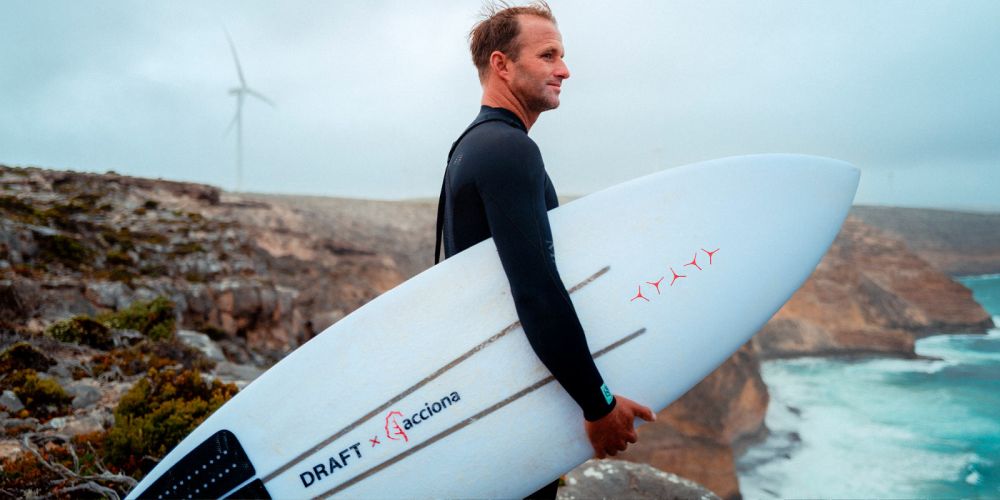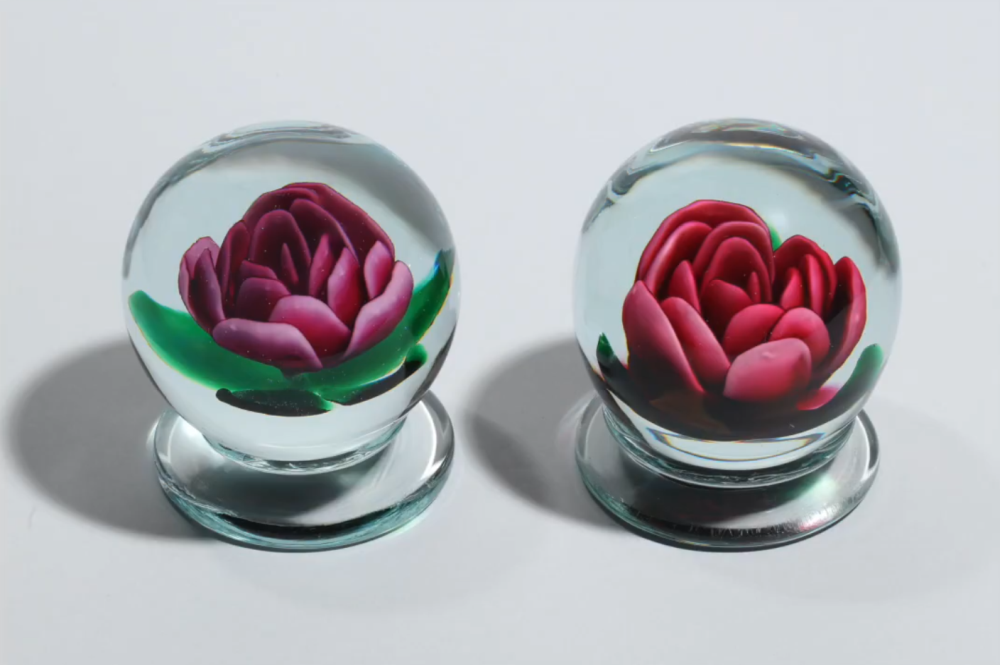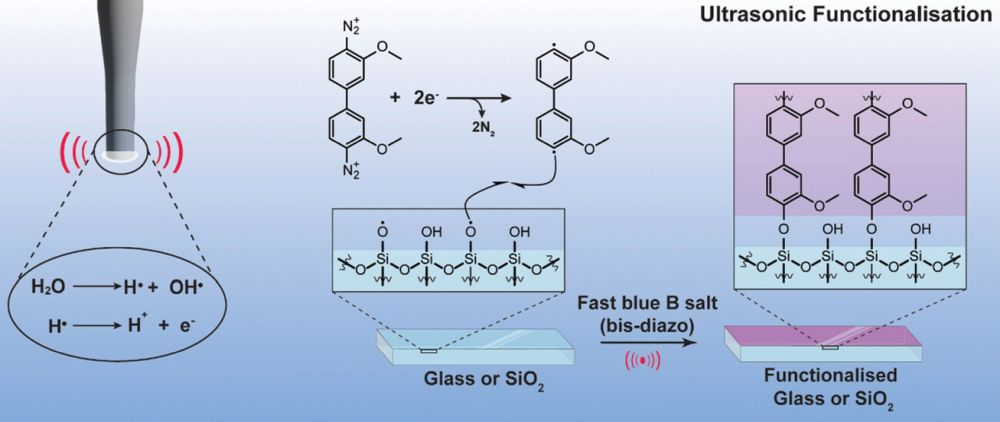[flash https://ceramics.org/ceramictechtoday/wp-content/video/osu_turbine_coatings.flv mode=1 f={image=/ceramictechtoday/wp-content/video/osu_turbine_coatings.jpg}]
Apropos to the latest round of ash clouds spewing from the EyjafjallajökullI volcano, plus indications that some utilities are going to be building new high-temperature fast-cycle gas turbines for peak electrical power generation, we offer this video that expands on a story I first wrote about in April. It regards an Ohio State University group’s work on developing rugged thermal barrier coatings for aviation and energy generation turbines. Their specific goal is to develop TBC coatings that could both operate at high temperatures and stand up to airborne impurities, such as sand, volcanic ash and synfuel fly ash.
OSU graduate students, Julie Drexler and Andrew Gledhill, led by Nitin Padture, are hoping to develop a portfolio of new coatings, and were already finding good strain tolerance using two particular ceramic coatings: a gadolinium zirconate-based coating (Gd2Zr2O7) and a new coating developed by Padture that uses YSZ containing Al2O3and TiO2 .
In this new video, the trio discusses their work and the problems they are trying to address, and several of the methods they are using to test some of their new TBC compositions. One of the innovations they demonstrate is a special testing rig that simulates the operating environment for these turbines. The computer-operated apparatus creates thermal gradients on test samples (25 °C on on side and 1200 °C on the other) while bombarding the coated surface with sand or ash particles. The rig can automatically subject samples to repeated 7-minute heating–cooling cycles (while measuring and recording data) until the coatings fail.
CTT Categories
- Aeronautics & Space
- Basic Science
- Energy
- Glass
- Material Innovations
- Transportation


